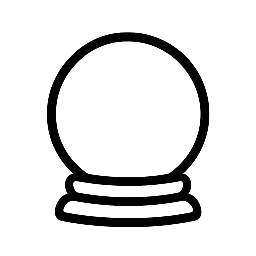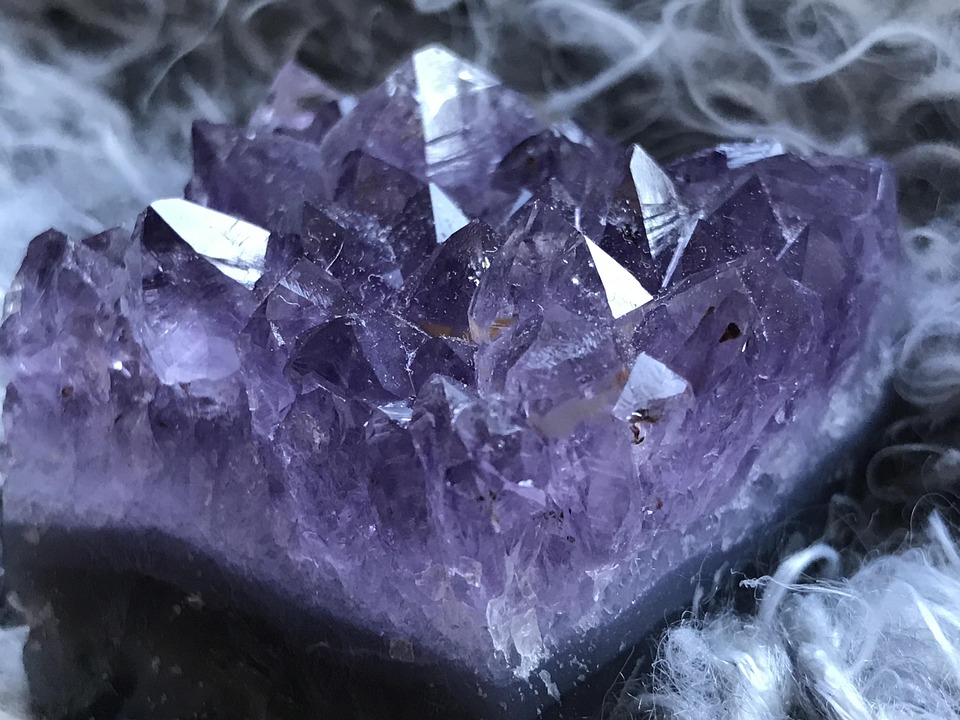Reiki, a holistic healing practice that originated in Japan, has been gaining popularity worldwide for its simplicity and effectiveness in promoting physical, emotional, and spiritual well-being. But have you ever wondered about the history of Reiki and how it came to be? In this article, we will delve into the roots of this ancient healing art and explore its evolution over time.
The Founder of Reiki: Mikao Usui
Mikao Usui, a Japanese Buddhist monk, is credited with discovering and developing the Reiki system in the early 20th century. Born in 1865 in Gifu, Japan, Usui was a spiritual seeker who spent many years studying and practicing various forms of meditation, yoga, and martial arts. In 1922, Usui embarked on a 21-day fasting and meditation retreat on Mount Kurama, where he allegedly received the Reiki symbols and instructions on how to use them for healing.
The Discovery of Reiki
According to legend, during his meditation retreat, Usui had a profound spiritual experience in which he received the Reiki symbols and was instructed on how to use them to heal others. He claimed that he was guided by a higher power to develop a system of healing that would benefit all humanity. After his retreat, Usui began to practice and teach Reiki to others, and soon, his students began to experience remarkable healings and spiritual growth.
The Five Reiki Principles
Usui’s teachings emphasized the importance of living a simple and compassionate life. He formulated the Five Reiki Principles, which are still practiced today:
- Just for today, I will let go of anger.
- Just for today, I will let go of worry.
- Just for today, I will be grateful.
- Just for today, I will do my work honestly.
- Just for today, I will be kind to all living things.
The Evolution of Reiki
After Usui’s death in 1926, his student, Chujiro Hayashi, continued to develop and teach Reiki. Hayashi, a naval officer, played a significant role in spreading Reiki throughout Japan and establishing the first Reiki clinic. In the 1930s, Hawayo Takata, a Hawaiian woman of Japanese descent, traveled to Japan to study with Hayashi and became one of the first non-Japanese Reiki masters. Takata introduced Reiki to the Western world and established the first Reiki school in Hawaii.
Reiki in the Modern World
Today, Reiki is practiced and taught in over 100 countries worldwide. The Reiki system has evolved and adapted to various cultural and spiritual traditions, resulting in numerous Reiki styles and approaches. Despite its evolution, the core principles of Reiki remain the same: to promote balance, harmony, and well-being in body, mind, and spirit.
Conclusion
The history of Reiki is a testament to the power of spiritual seeking and the human desire for healing and connection. From its humble beginnings in Japan to its current global popularity, Reiki has become a beloved and respected healing art. As we continue to explore and practice Reiki, we honor the legacy of Mikao Usui and the many practitioners who have contributed to its evolution over time.


Leave a Reply